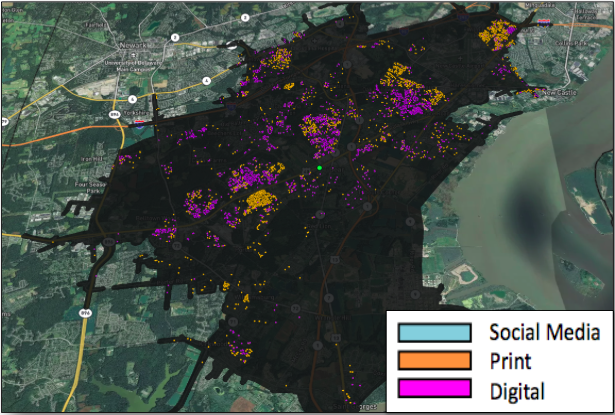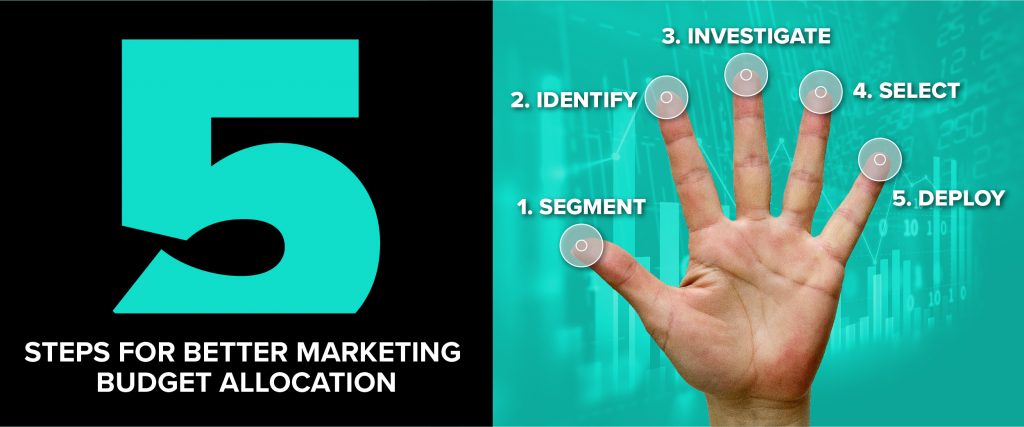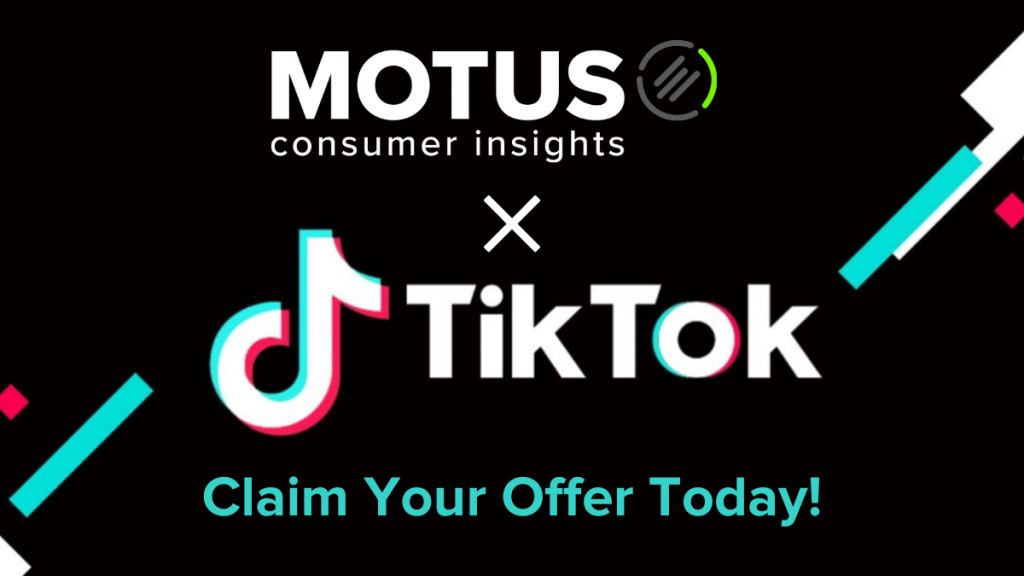During economic downturns, your gut reaction might be to pause marketing spend. However, your focus should be on smarter budget allocation, because how much and how quickly your business recovers as conditions normalize depends on marketing now, not later.
McGraw-Hill studied 600 companies during an economic downturn. They found businesses that maintained or increased their marketing spend saw a significant increase in base revenue when the economy recovered.
To put it simply, you can’t afford to pause your marketing indefinitely. So rather than freeze spending, here are five steps to unlock better budget allocation through data analytics.
1. Segment your existing customer base.
First and foremost, understand that you can’t market to every customer with every campaign. Because your products and services appeal to different customers for different reasons.
Understanding and utilizing these customer differences is the key to marketing segmentation. It’s a “divide and conquer” strategy that empowers you to focus your budget on smaller audiences.
To get started, work with an analytics company like MOTUS CI to receive a Core Customer Profile. By analyzing your existing customer data, the analytics company can group them into segments based on shared demographic, psychographic, behavioral, and geographic attributes. Then new prospects your business gains are added to the customer segments they most closely resemble.
The Benefit: Less spend, more personalized messaging, and greater engagement.
MOTUS CI organizes your customers into 19 broad groups then sub-categories them in up-to 71 unique segments. Our team will help you understand each segment’s needs then build marketing plans to meet them.
2. Identify your most-valuable customer segments.
The first step is having a complete picture of your business’s customer segments with the Core Customer Profile. The next step is to identify your most valuable customer segments.
To accomplish this, your analytics company should rank your customer segments from highest to lowest value. A segment’s value should be determined by factors like customer total, their brand loyalty, and their purchasing power.
The Benefit: Ranking segments gives you a definitive answer on which customers to prioritize with a reduced budget. Not only are high-ranked customer segments more likely to buy, but often, they have more disposable income and greater brand loyalty.
MOTUS CI graphs your top ten customer segments along with the total opportunities they offer.
3. Investigate the ongoing impacts from the economic downturn.
It’s critical to re-evaluate your trade area after an economic downturn like the global pandemic. Most likely, your customer base has been reshaped in significant ways.
To gauge customer impact, analytics companies like MOTUS CI conduct Location Studies. This analytics solution utilizes opted-in mobile devices to map which customer segments are visiting the designated retail space.
By tracking customer foot traffic, you can compare the visitation trends of your top customer segments before a downturn, like COVID-19, to the most recent visitation rates.
The Benefit: Location Studies prevent you from allocating marketing budget based on intuition and past experience. With hard data, you understand the new realities of your business and avoid wasting precious dollars on diminished segments.
MOTUS CI conducted Location Studies on fitness clubs across the U.S. to compare segmentation shifts caused by COVID-19.
One striking example was the sharp decline of Midwestern studio clubs’ top customer segment. While “Fast Track Couples” waned, a new segment “Hard Working Values” surged during the pandemic. From this data, Midwestern studios to revamp their marketing so they maximized this new opportunity.
4. Select marketing channels based on the target audience’s preferences.
It’s not good enough to simply know which customer segments you want to target with marketing. You need to know how those segments prefer to be engaged.
Some groups are digital natives and prefer an all-online sales process, while others are best pushed through the sales funnel by direct mail campaigns. So, your analytics company should be able to identify the marketing channels — be it social, digital, or print — that garner the highest engagement rates with your audiences.
The Benefit: This prevents you from committing budget to low-response campaign channels. Instead, you see higher ROI for your spend by engaging customers through their favorite channels

MOTUS CI maps prospects in your trade area and denotes their preferred marketing channels.
5. Deploy marketing campaigns directly to customers at the household level.
Few things drain a budget quicker than saturation marketing. Big spends are required to blanket a trade area with advertising. Worse, it’s a low ROI strategy. Only a fraction of the prospects that receive your marketing are qualified customers for your business.
Instead, your analytics company should be able to identify the most valuable households in your trade area and target them directly with marketing campaigns.
Rather than printing hundreds of mailers, you can target the twenty-five mailboxes that matter the most. Rather than paying to broadcast commercials, you can deliver Connected TV ads to buying-intent prospects while they stream their favorite shows.
The benefit: Much lower ad spend. You’re no longer required to make huge ad buys to reach hundreds of leads when only a handful will convert.
MOTUS CI maps your trade area and places red dots on the households of qualified leads.
Data analytics enhances more than budget allocation. Learn more by watching our free data webinar “Optimizing Customer Segments for HVLP, Luxury, and Studio Clubs“!




